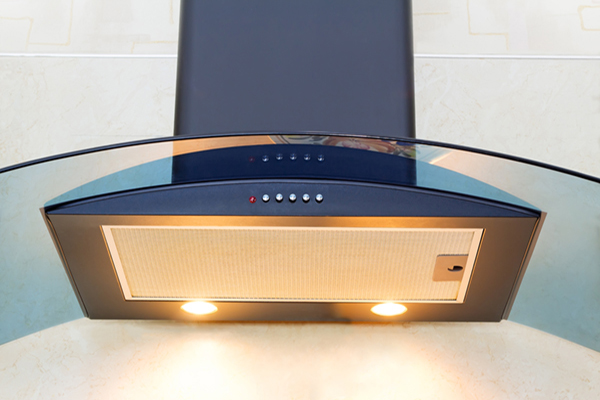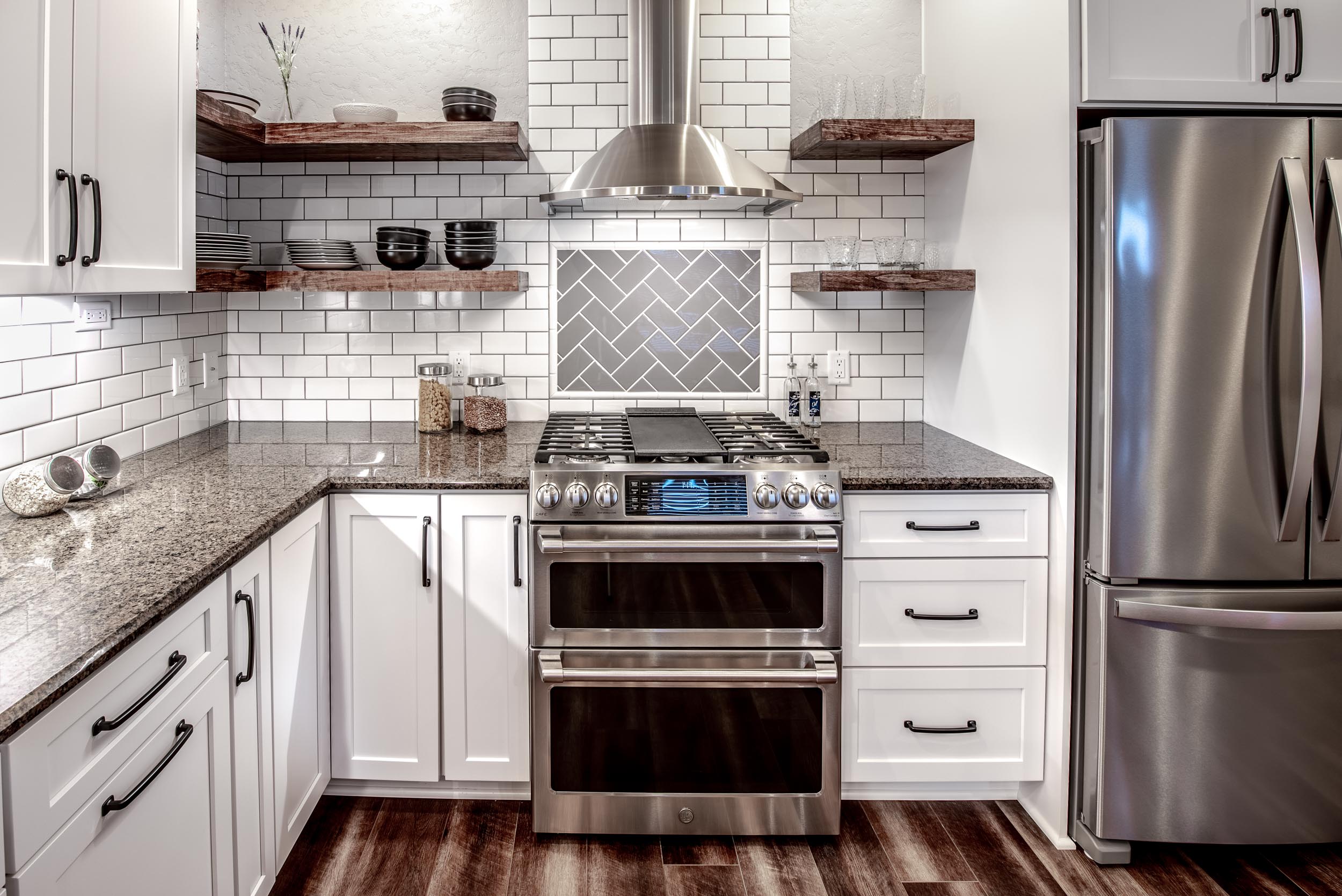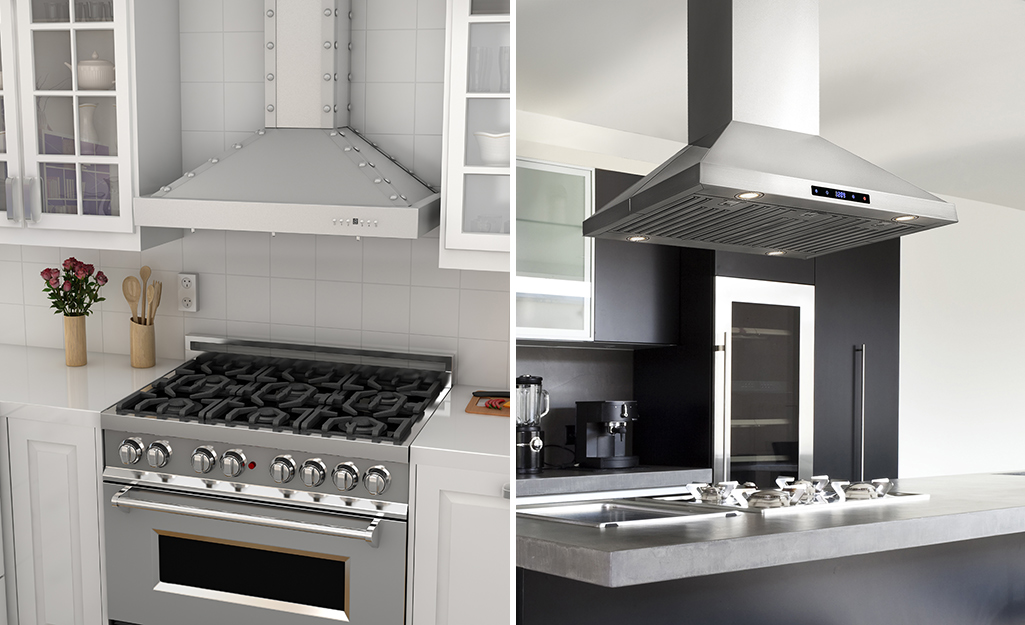When you cook, the smoke, scents, and particles released will generally hang in the air without the help of some kind of air filtration system. A range hood, sometimes also called a vent hood, will move all that stuff out of the room so you don’t have to worry about unhealthy smoke or unpleasant odors sticking around while or after you’re cooking. Here are Simple Tips for Choosing the Right Range Hood for your reference.
Contents
Simple tips to Choosing the Right Range Hood
Types of Range Hoods
The market for vent hoods may be a bit overwhelming at first – there are a lot of different types available. For some shoppers, the type that makes the most sense will be decided by your kitchen design. If you’re replacing a range hood that’s stopped working (or that you got tired of), you’ll most likely want to stick with a similar type that fits in the same space.
If you’re building a new kitchen or investing in a kitchen remodel though, you pretty much have your pick of types to choose from. Here’s the rundown of your choices.
Why Does Choosing the Right Range Hood Matter?
Shopping for a range hood is a much bigger decision than buying, say, an inexpensive kitchen knife. You could probably select a knife from a catalog based on appearance alone, and in most cases it will do its job of slicing, dicing, and prepping food. Eventually, the blades will get dull and you’ll replace it. That’s simply not how things work with range hoods.
What capacity do you need?
What capacity should a new cooker hood have? This depends largely on the size of the kitchen. A good rule of thumb is that the hood should be able to replace all the air in the room 10 to 20 times per hour. For instance, if a kitchen measures 4 x 4 m with a ceiling height of 2.5 m, the cooker hood should evacuate approximately 400–800 m3 of air per hour.
There will always be some loss of pressure when installing a hood. That is why it is important to observe the following rules: Always observe the hood’s recommended duct diameter (O); the diameter is specified on the duct. Where possible, use smooth ducts to minimize air resistance. Try to make the installation as short as possible and with as few bends in the ducts as possible. You want gentle curves in the duct rather than sharp bends so that the air can pass through unhindered, minimizing pressure loss.
Select Your Mounting Style
- Cost: The simplest range hoods can cost you about $100 before installation costs, while the most elaborate cost several thousand before installation. Some of the factors that influence price are predictable: larger range hoods will typically cost more than smaller ones, and those with extra features or that are designed to be especially stylish will usually cost more as well. Island and wall mount hoods are some of the most expensive types available, while under cabinet vent hoods are usually the most affordable options. Many types of range hoods involve a complicated installation process, particularly those with ducts that vent the air outside. The higher cost for installation in these cases does result in more effective venting though, as duct-free models can only re-circulate the air and capture smoke and contaminants in filters rather than ridding it from the space entirely.
- Power: The more powerful your range hood, the more effective it will be at its job. If you do a lot of heavy cooking or frying, you should definitely aim for a vent hood that offers a good amount of power. Manufacturers will provide you with a measure of the power to expect from their range hoods in CFMs (cubic feet per minute). The Home Ventilating Institute recommends thinking in terms of at least 100 CFM per linear foot of range for range hoods installed against a wall, and 150 CFM for island vent hoods. In the latter case, the vent hood has to move the air further to get it outside, which explains why you need more power. Ductless models won’t provide the same power as those that vent the air outside of the house, since they depend on filters to clean out the air instead of removing it from the space entirely. And smaller models won’t be as powerful as larger ones, generally speaking.
- Noise: Most vent hoods are going to be loud, at least on the highest settings. When we looked over the reviews of various models, one of the most common complaints across all of them was the noise they make. Some models at least aim to be more quiet than usual – they still make some noise, but not as much. If you have a chance to visit a showroom, you can get a feel for how loud or quiet a model is in person. If that’s out of your reach, customer reviews are probably your best bet for figuring out what to expect from the noise of your vent hood.









